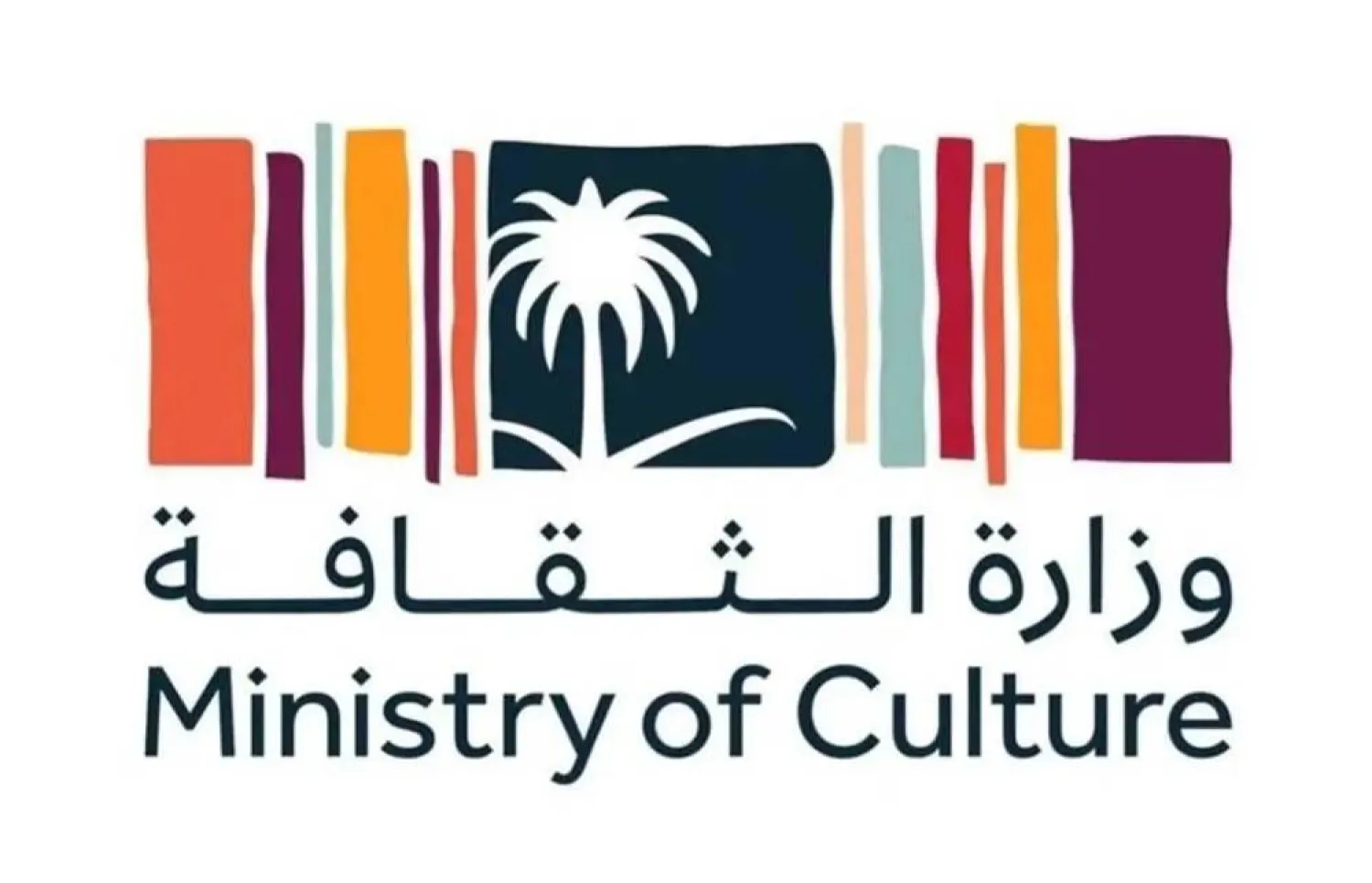It's highly technical work in what looks more like a lab than a museum: A fragment of a glazed roof tile from Beijing’s Forbidden City is analyzed in a state-of-the-art X-ray diffraction machine that produces images, which are then projected onto computer screens.
The fragment being examined has a dark area on its surface that restorers want to understand. Their objective is to better preserve the artifacts at the sprawling imperial palace, the former home of China’s emperors and its seat of power for hundreds of years, The Associated Press reported.
“We want to learn what the black material is," said Kang Baoqiang, one of the restorers at the complex, today a museum that attracts tourists from all over the world. “Whether it’s atmospheric sediment or the result of substantial change from within.”
About 150 workers on the team fuse scientific analysis and traditional techniques to clean, patch up and otherwise revive the more than 1.8 million relics in the museum's collection.
They include scroll paintings, calligraphy, bronzes, ceramics — and, somewhat unexpectedly, ornate antique clocks that were gifted to emperors by early European visitors.
Down the hall from the X-ray room, two other restorers patch up holes on a panel of patterned green silk with the Chinese character for “longevity” sewn into it, carefully adding color in a process called “inpainting.”
The piece is believed to have been a birthday gift to Empress Dowager Cixi, the power behind the throne in the late 19th and early 20th century.
Much of the work is laborious and monotonous — and takes months to complete.
“I don’t have the big dreams of protecting traditional cultural heritage that people talk about," said Wang Nan, one of the restorers. "I simply enjoy the sense of achievement when an antique piece is fixed.”
Now a major tourist site in the heart of Beijing, the Forbidden City is the name that was given to the sprawling compound by foreigners in imperial times because entry was forbidden to most outsiders. It's formally known as the Palace Museum.
Many of its treasures were hurriedly taken away during World War II to keep them from falling into the hands of the invading Japanese army. During a civil war that brought the Communist Party to power in 1949, the defeated Nationalists took many of the most prized pieces to Taiwan, where they are now housed in the National Palace Museum.
Beijing's Palace Museum has since rebuilt its collection.
Restoration techniques have also evolved, said Qu Feng, head of the museum’s Conservation Department, though the old ways remain the foundation of the work.
When we preserve an antique piece, we “protect the cultural values it carries,” Qu said. "And that is our ultimate goal.”
A Mix of Science and Tradition Helps Restore Relics in China's Forbidden City

Visitors look at elaborate antique clocks displayed on the sprawling compound of the Forbidden City also known as the Palace Museum in Beijing, Friday, Feb. 21, 2025. (AP Photo/Ng Han Guan)

A Mix of Science and Tradition Helps Restore Relics in China's Forbidden City

Visitors look at elaborate antique clocks displayed on the sprawling compound of the Forbidden City also known as the Palace Museum in Beijing, Friday, Feb. 21, 2025. (AP Photo/Ng Han Guan)
لم تشترك بعد
انشئ حساباً خاصاً بك لتحصل على أخبار مخصصة لك ولتتمتع بخاصية حفظ المقالات وتتلقى نشراتنا البريدية المتنوعة







